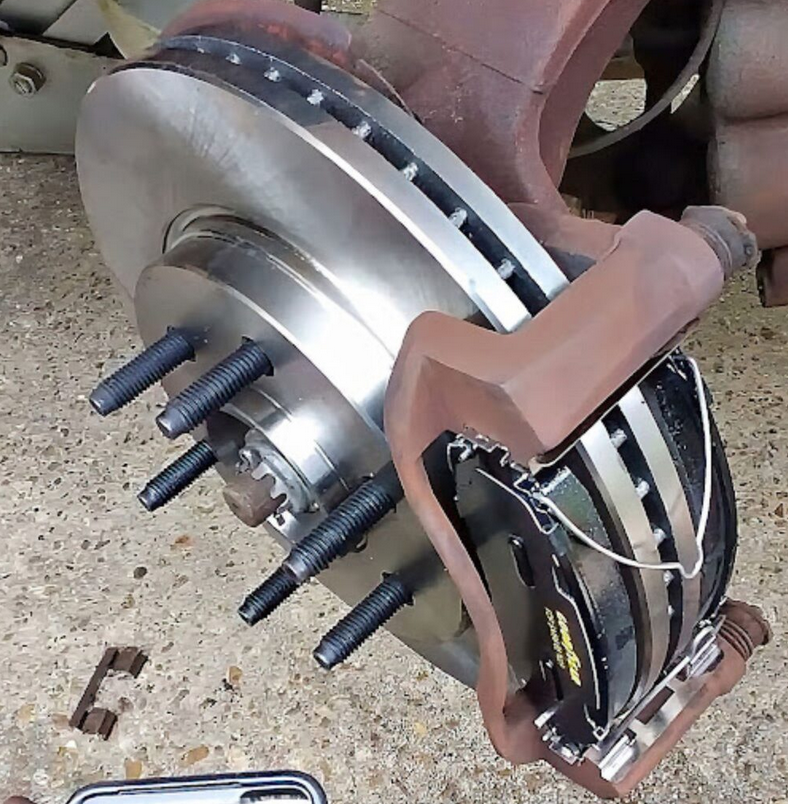Repair instructions
Where Are Brake Pads Located?
Summary
Brake pads are essential components of your vehicle’s disc brake system, located inside the brake calipers that surround the brake rotors. When you apply the brakes, the pads clamp down on the rotors to slow or stop your vehicle. To safely access the brake pads, always park your vehicle on a flat, stable surface to prevent any movement or wobbling during the repair process.
1. Q: Where Are Brake Pads Located?
Brake pads are a critical part of the disc brake system. They are housed within the brake calipers, which are mounted over the brake rotors. Each rotor typically has two brake pads one on each side. If your vehicle is equipped with disc brakes on both the front and rear wheels, you’ll have a total of eight brake pads (four wheels x two pads per wheel). The caliper, attached to the wheel hub, holds the pads in place and controls their movement when the brakes are applied.

2. Tips on Accessing the Brake Pads
Safety First:
- Park your vehicle on a dry, level surface to prevent it from rolling or shifting while you work.
- Use wheel chocks on the wheels you’re not servicing for added safety.
Preparation:
- Check the brake fluid level in the master cylinder reservoir. If it’s full, remove some fluid to avoid overflow when compressing the caliper piston. As brake pads wear, the pistons extend, requiring additional fluid. When you retract the pistons to install new pads, the excess fluid can cause the reservoir to overflow. Removing some fluid beforehand prevents spills and keeps your workspace clean.
Accessing the Brake Pads:
- Lift the vehicle using a hydraulic jack and secure it with jack stands.
- Remove the wheel to expose the brake assembly.
- Unbolt the caliper and carefully remove it to access the brake pads.
- Inspect the pads, rotor, and caliper for wear or damage before installing new pads.
Pro Tip: Always handle brake components with care and avoid contaminating the brake pads or rotors with grease or oil. Proper installation ensures optimal braking performance and safety.
Additional Notes: Regularly inspect your brake system for signs of wear, such as squealing noises, reduced braking performance, or uneven pad wear.
By following these steps and tips, you can confidently access and replace your brake pads, ensuring your vehicle’s braking system operates safely and efficiently.
